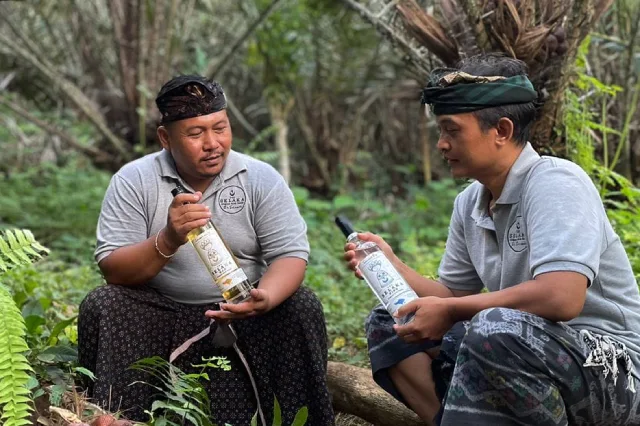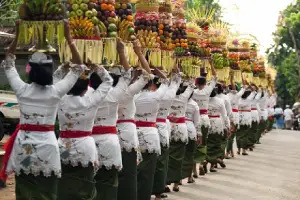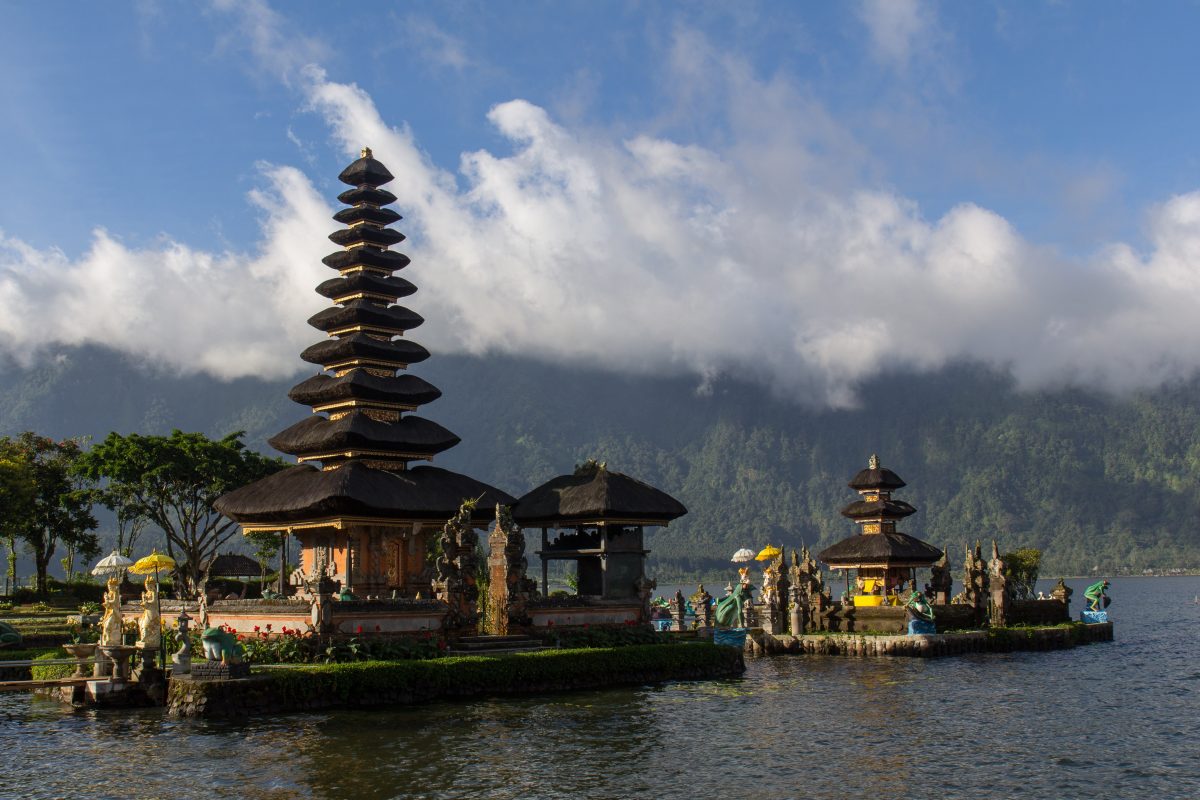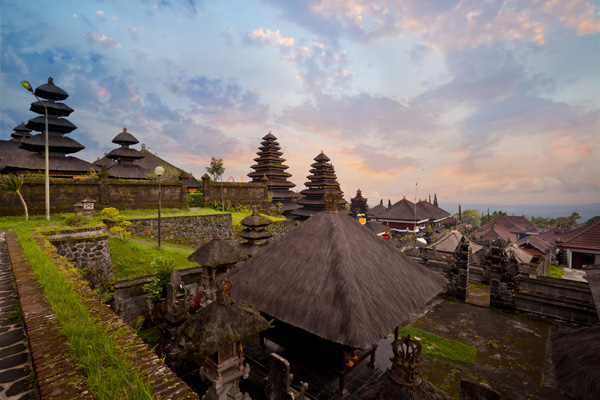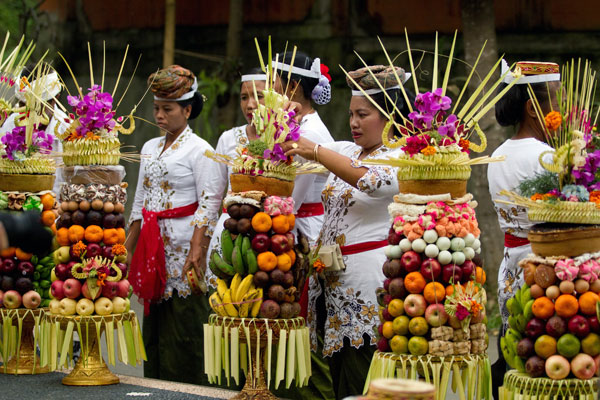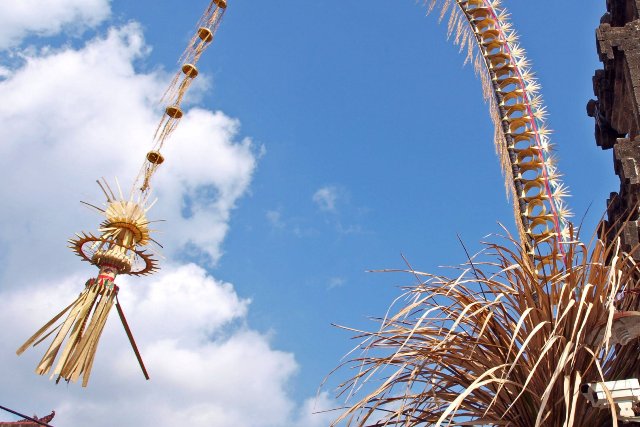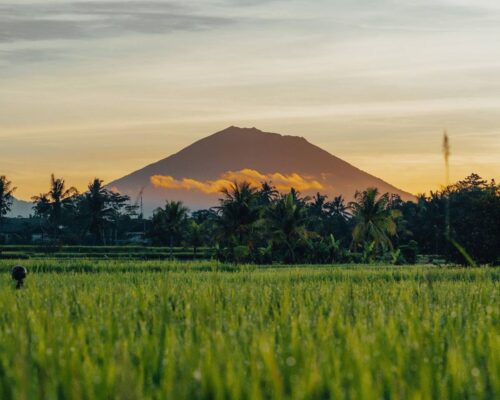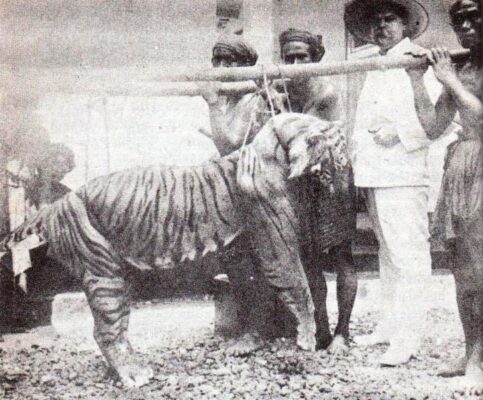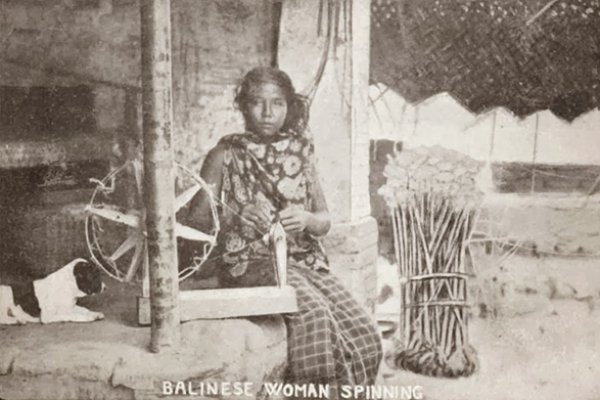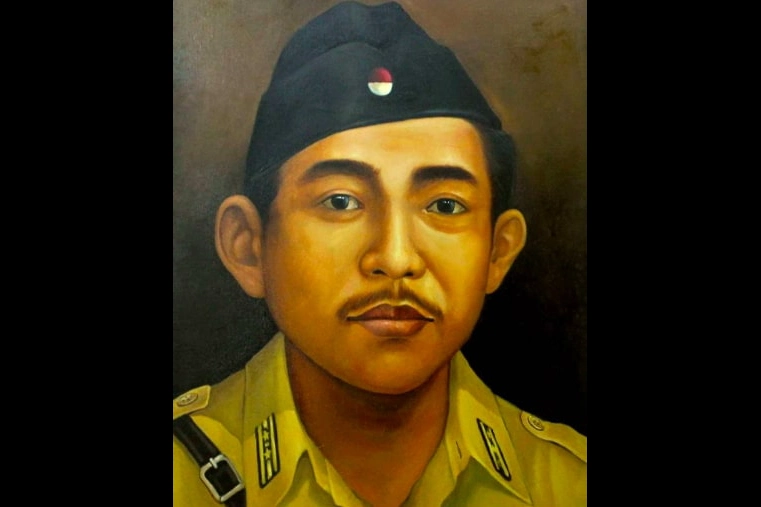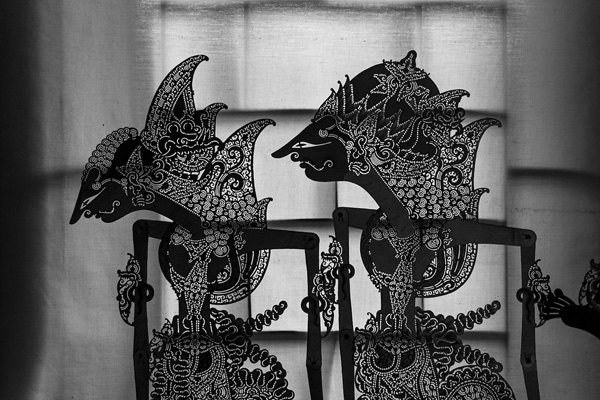Things to Do in Bali
The Nine Directional Temples of Bali
What exactly is a directional temple, and what makes it different from other temples? Unlike other temples, which only allow people from a specific family lineage with very strict customs regulations; these nine temples are open and functions as pilgrimage destinations for all Hindu-Bali worshippers in the island.
Unfortunately, it is strictly forbidden for tourists to enter the worship area (inner sanctum), both domestic and foreign.However, suppose you are able to find the right Balinese local guide to let you in, then you must wear proper Balinese attire, bring offerings, and behave accordingly.
These nine temples are built based on the careful calculations of Balinese ancestors on constellations of stars, nebulae, comets and even black holes. The Balinese believe these temples have protected the island from all possibility of evil spirits coming from nine cardinal directions of the island for centuries.
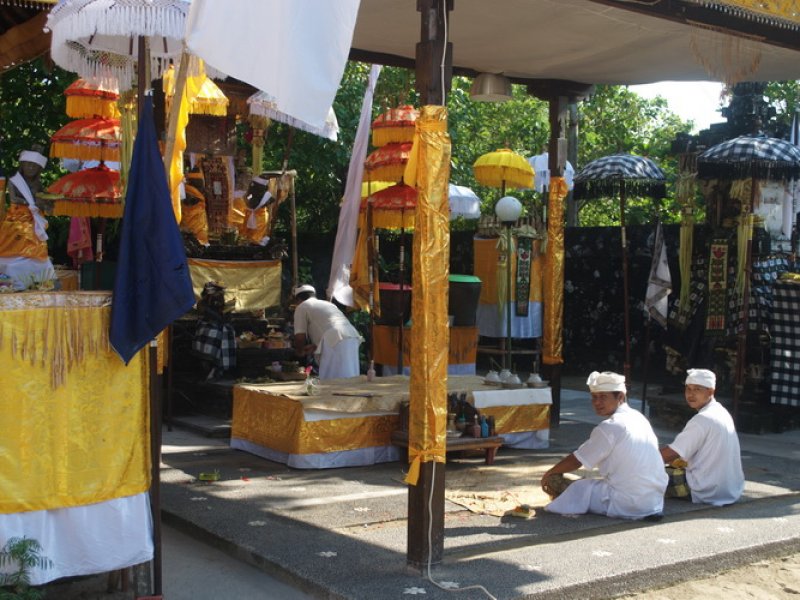
Northwest (Wayabya)
Pura Pucakmangu
Pura Pucakmangu is located in Pelaga Village, Petang. It is 2020 meters above sea level, situated on top of Mount Mangu. Historians believe the site had existed since the megalithic era. Many ancient inscriptions discovered in the early 19th century suggested that old kings of Bali have viewed Pucakmangu temple as a very sacred place commonly used as a meditation spot. This temple is dedicated to Hyang Danawa, Hyang Manikumayang, Hyang Sangkara important Bali Gods related to holy lakes in Bali, Batur, Buyan and Tamblingan.
North (Uttara)
Pura Ulun Danu Batur
Pura Ulun Danu Batur is located in Kalanganyar village, Kintamani. It’s a two-hour drive from the airport to reach Kintamani, with many resorts, a serene view of the lake, and has an active volcano. The temple is situated 900 metres above sea level, functioning as the north directional temple on the island. The Balinese dedicated this temple to one of the Vishnu God manifestations, Dewi Danu, the goddess of all the lakes in Bali. Originally, this temple was located at the slopes of Mount Batur, but due to a massive eruption in 1917, its been moved to the current location.
Northeast (Ersanya)
Pura Besakih
Pura Besakih, is located in Besakih, Karangasem. More commonly known as Bali’s Mother temple, is the largest religious complex site on the island. This temple serves as the Northeast directional temple. A two-hour drive from the southern parts of Bali. Some historical relics found on site suggested that the temple had been functioning as a holy site dating back 2000 years ago. There are at least 18 temples within the compound, where one of the main temples called Pura Penataran Agung, we can find statues of the God Tri Murti (Brahma as the God of Creator, Vishnu as the God of Preserver, and Shiva as the God of reincarnation).

West (Pascima)
Pura Batukaru
Pura Luhur Batukaru is located in Penebel village, Tabanan. About an hour and 30 minutes away from the airport. Situated in the southern slope of Mount Batukaru, an hour and a half away from the airport, makes it a hidden attraction that is worth visiting. As guardian temple of the West, Pura Batukaru is dedicated to Dewa Mahadewa, the God of the plants. Many Balinese working on agriculture and farming sectors commonly visit the temple regularly praying for a blessing for their businesses.
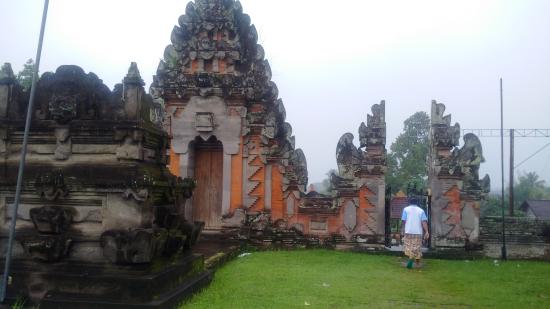
Center (Madya)
Pura Pusering Jagat
This temple is located in Pejeng village, Gianyar. Located north of Ubud, it’s about an hour drive from the airport. Ancient Balinese believed this temple to be the centre of the universe, as the name of the temple pretty much describes it as such in the Balinese language.
In Hindu cosmology, the centre or middle position is the authority (residence) of Lord Shiva, with several statues of Ganesha (son of Shiva), Durga (Sakti Shiva), and Bhairawa.
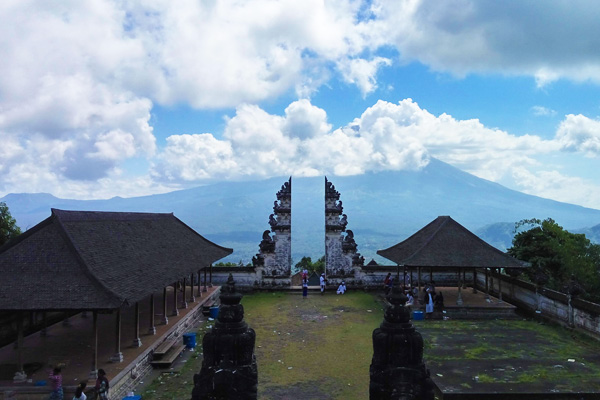
East (Purwa)
Pura Lempuyang Luhur
This temple can be found in Mount Lempuyang, Karangasem. About several hundred steps just to get into the main atrium of the temple, tourists may recognize this temple where the “Gate of Heaven” is located. It portrays a mystical scene with Mount Agung as the background to this temple. The temple was built to honour Sang Hyang Iswara, the protector of the East, and his manifestation the goddess of sunshine, Dewi Savita or Dewi Savitri. Everyone is advised to act respectfully, as it is considered cuntaka, or bringing bad luck to curse, have negative thoughts, have their period, or have a family member recently pass away.
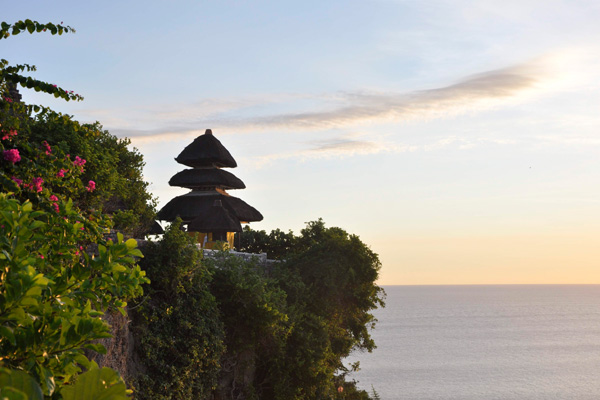
Southwest (Neritya)
Pura Uluwatu
This temple is found in Uluwatu, the Bukit Peninsula. Pura Luhur Uluwatu is one of the most beautiful and must-visit places in Bali, famous for its stunning view of limestone cliff overlooking the Indian Ocean. Every sunset, there will be a spectacular show of the Kecak fire dance at an open-air theatre within the temple complex.
As the Southwest directional temple, Pura Uluwatu is dedicated to Dewa Rudra, the God of harmony and peacekeeper of the universe. The Balinese believe Mpu Kuturan, a holy guru from Java, had founded this temple in the eleventh century.
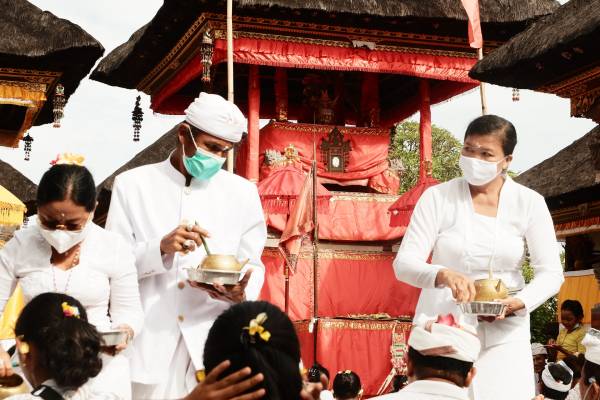
South (Daksina)
Pura Andakasa
Pura Andakasa is situated on the hills of Manggis village, Karangasem. Probably considered one of the most underrated directional temples in Bali, only those interested in Bali history and culture would be aware of this temple.
Mpu Kuturan was said to have founded this temple around the eleventh century, and during the seventeenth, to eighteenth-century it had a big renovation due to the Mount Agung eruption. This information was recorded on a scripture found in the temple. Pura Luhur Andakasa is dedicated to Hyang Tugu or Dewa Brahma who oversees all the southern areas of the island.

Southeast (Gneya)
Pura Goa Lawah
This temple is located in Pesinggahan, Klungklung. If you are going along the east coast, you will pass a huge temple located across the street from the beach on your way to Padangbai or Candidasa. Goa Lawah temple translates to bat cave temple, where locals believe that one of the temple’s caves connects to the mother temple in Besakih.
Goa Lawah was built surrounding the cave to honor Bali’s important ancestors and holy gurus like Bhatara Tengahing Segara, Sang Hyang Basuki and Sang Hyang Tunggal. The temple is also included as one of the “six sanctuaries of the world”.

















